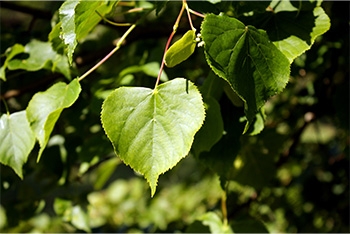Tree of the Month: Small-Leaved Lime
This time last year we met the first of our planting project species, the large-leaved lime, so to celebrate a year of SWCPP trees, we’re looking at it’s smaller-leaved relative, the aptly named small-leaved lime.
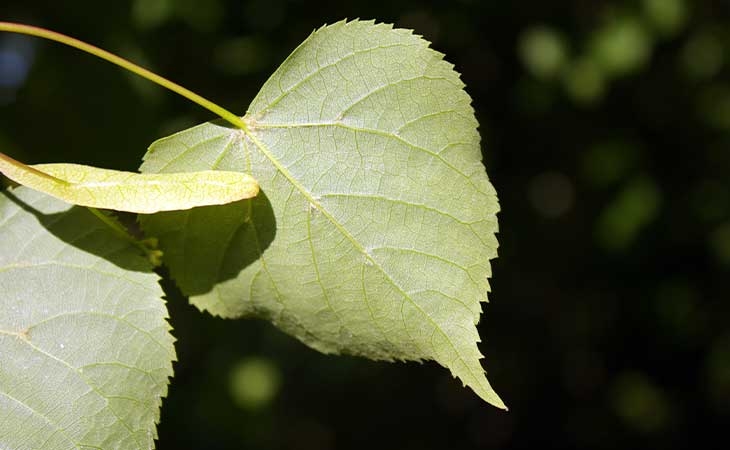
We’ve planted around 10% small-leaved lime, this is because it’s potentially tolerant to a warming climate due to its deep roots which can access water and nutrients lower down. It’s also resistant to grey squirrel damage.
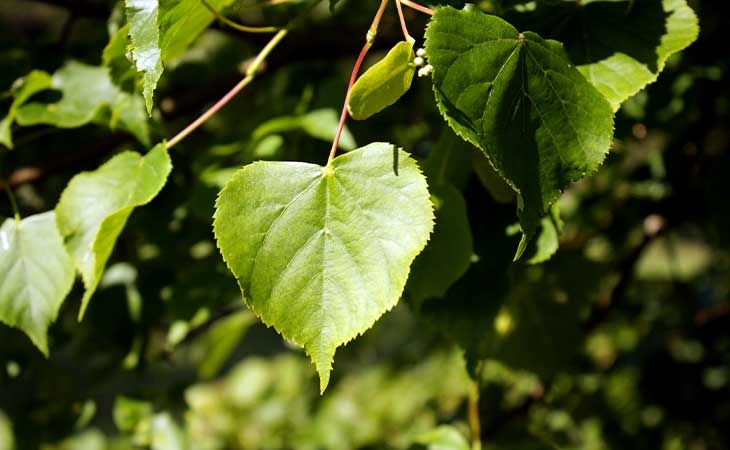
This tree has heart-shaped leaves, around 3-8cm in length which are mostly hairless except for small tufts between leaf-veins joints on the underside. In comparison, large-leaved lime leaves can be 6-12cm and have hairs all over the underside as well as hairy stalks. Both trees have sweet smelling flowers which develop into small round fruits with pointed tips once pollinated.
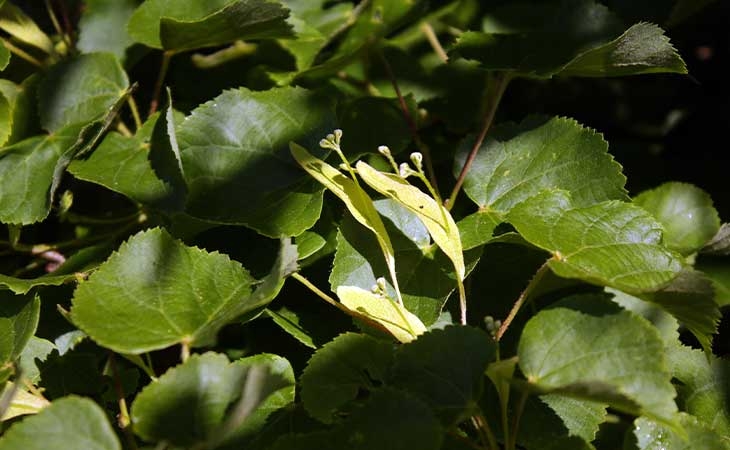
It’s an ancient woodland indicator – and it doesn’t get more ancient than the example we have adjoining the planting project, the famous 2,000-year-old lime.
Don’t expect an enormous tree height-wise, this is a coppiced tree which is made of around 60 stems that have grown from one original specimen, thought to possibly be thousands of years old. It’s the continuous coppice management over the centuries that’s helped it survive well beyond its normal expected lifespan of 500 years.
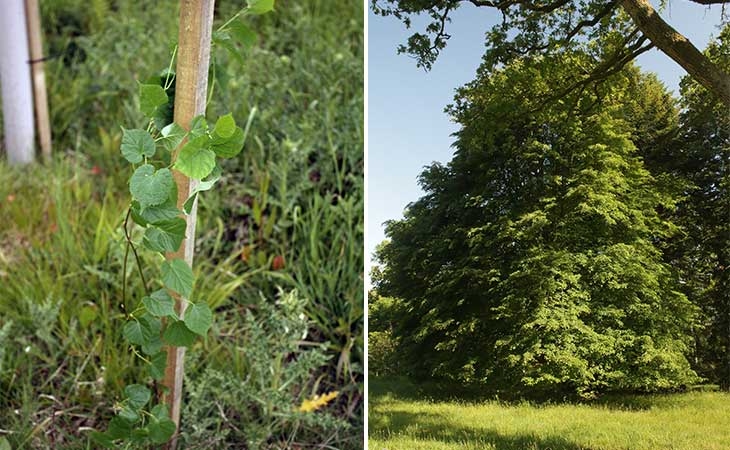
The lime is now managed on a 20-year rotation and was last coppiced in November 2012. A mix of traditional and modern techniques are used to coppice it, and the cut stems were used to build a sculpture by Richard Harris.
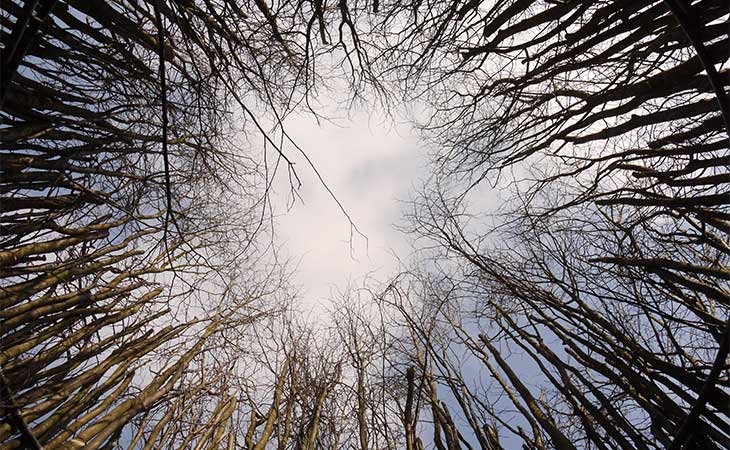
Limes are also a great tree for wildlife, being the foodplant of many invertebrates, including the quite spectacular lime hawk-moth. You may see this large (approx. 5-8cm) beautifully patterned moth resting on branches or bark in the daytime between May and July.
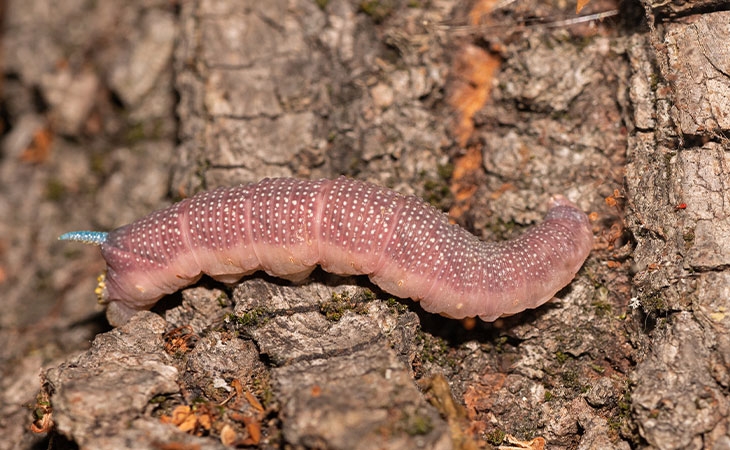
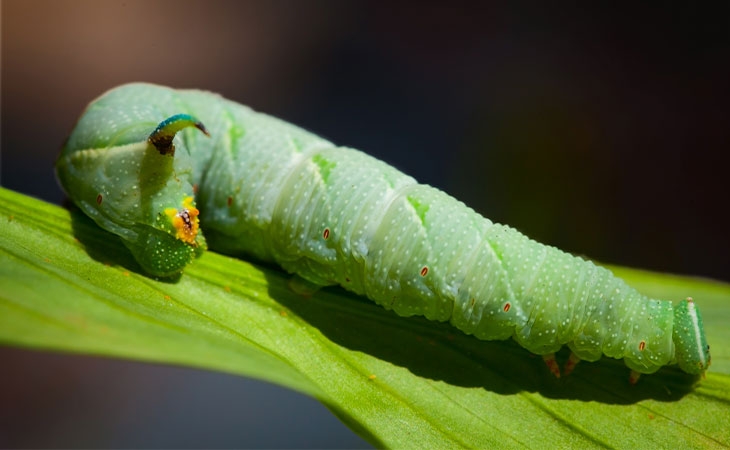
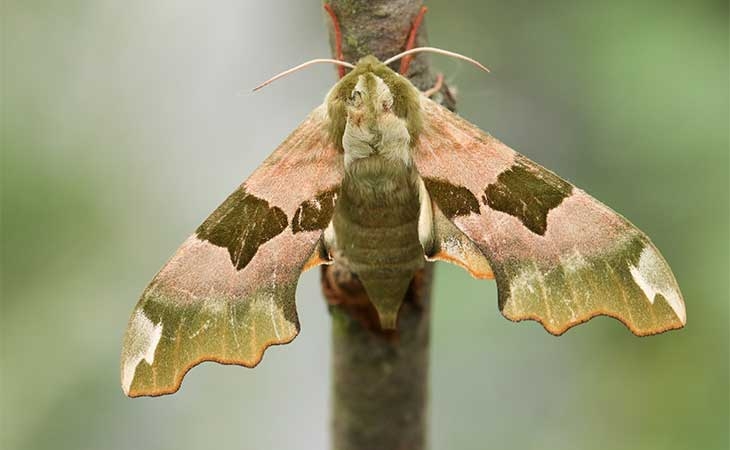
The caterpillar of this moth has a distinctive blue ‘horn’ at the tail, and changes from green when feeding, to a purplish grey when it’s ready to pupate. It does this in loose litter near the base of the tree, where it overwinters before emerging the following May.
